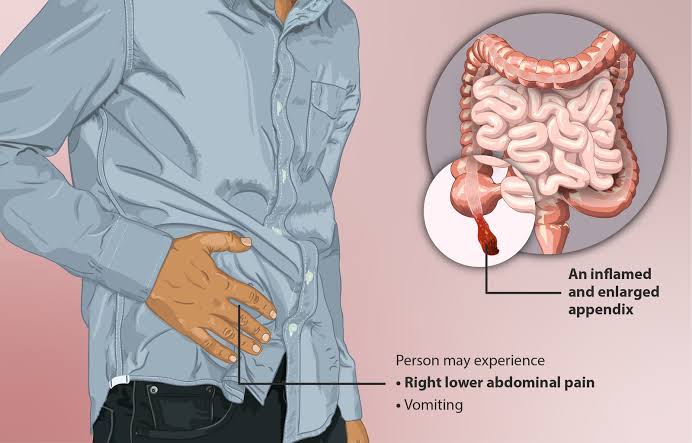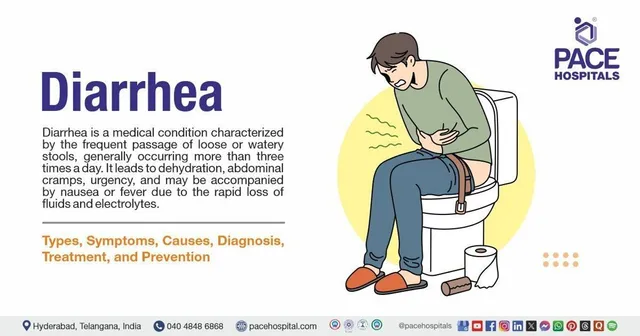
The difference between the symptoms of appendicitis and gallbladder It is difficult for many patients to differentiate between the symptoms of appendicitis and cholecystitis.
Both cause pain in the right part of the abdomen, but there are many differences between the causes of appendicitis and the causes of gallbladder pain. They also have distinct symptoms other than abdominal pain. In the following lines, you will learn the difference between the symptoms of appendicitis and cholecystitis.
The difference between the symptoms of appendix and gallbladder symptoms of appendix
Appendicitis is a medical emergency that almost always requires surgery as soon as possible to remove the appendix, which is a tube of tissue from the large intestine on the lower right side of the body. The appendix contains specialized tissue that can make antibodies. Appendicitis occurs when the appendix is blocked by stool, a foreign body (something inside you that shouldn’t be there), or cancer. Blockage can also result from infection, as the appendix can enlarge in response to any injury to the body. Symptoms of appendicitis include:
Pain in the right lower abdomen or pain near the navel that moves downward, this is usually the first sign Loss of appetite Nausea and vomiting soon after the abdominal pain begins Bloating Fever
Other symptoms of an appendix include:
Dull or sharp pain anywhere in the upper or lower abdomen, back, or buttocks Painful or difficult urination Vomiting before the abdominal pain begins Severe cramps Constipation or diarrhea with gas
Gallbladder symptoms
The gallbladder is a small pouch that stores bile, a fluid made by the liver that aids in digestion and is located just below the liver, where bile is released through channels in the small intestine to help break down foods eaten, especially fatty foods. The gallbladder does not cause many health problems unless or until something slows down or prevents the flow of bile from the gallbladder, such as stones or infections, which leads to many symptoms.
Most gallbladder symptoms begin with pain in the upper abdomen, either in the upper right or middle. Some of the common symptoms of gallbladder problems are:
Severe pain in the upper right or middle of the abdomen Abdominal tenderness, especially in the right upper quadrant Abdominal pain that lasts for several hours Pain that may extend under the right shoulder blade or into the back Pain that worsens after eating a fatty meal, especially fatty foods Pain Increases when breathing deeply Heartburn, indigestion and excess gas Chest pain Feeling of fullness in the abdomen Vomiting and nausea Fever ranging from low to severe Dark urine shivering.
Some gallbladder problems, such as simple gallstones that do not block the bile ducts, often cause no symptoms at all, but are discovered during an X-ray or CT scan to diagnose a different condition, or even during abdominal surgery. And if you notice any symptoms of a gallbladder problem, see your doctor for an immediate diagnosis and treatment so that your digestive system is working smoothly again.







